Template for Writing a Letter to the Prime Minister
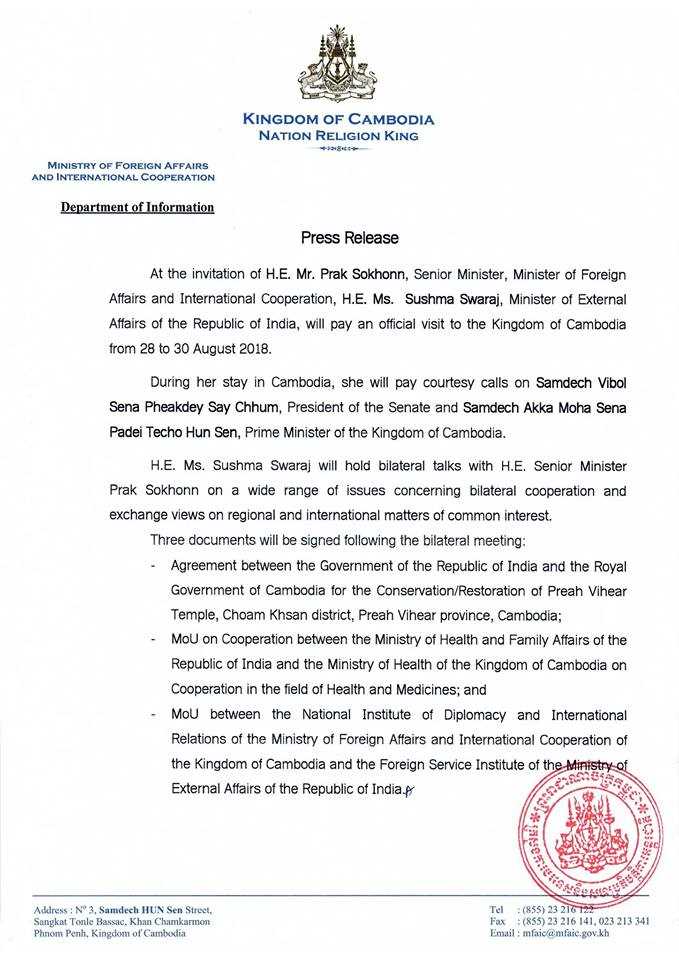
When reaching out to a government official, it is important to craft a message that is clear, respectful, and impactful. Communication with those in leadership positions requires a formal and thoughtful approach. The ability to express your concerns, opinions, or requests effectively can lead to meaningful dialogue and potential change.
In this guide, we will explore the essential components needed to communicate with a top-level official, ensuring your message stands out and is taken seriously. We will also provide practical advice on structuring your communication, making it concise and respectful while still addressing your key points.
Understanding the right format and tone can greatly influence the response you receive. By following a structured approach, you are more likely to make a positive impression and see your concerns addressed with the attention they deserve.
How to Write a Formal Letter
When composing a formal message to an influential figure, it is essential to maintain a respectful and professional tone. The structure of your message should reflect the seriousness of the subject matter and your intention to engage with the recipient on a meaningful level. A clear and well-organized composition will make it easier for the official to understand and respond to your concerns.
Key Components of a Formal Message
- Salutation: Begin with a polite greeting, addressing the individual using an appropriate title.
- Introduction: Briefly introduce yourself and state the purpose of your message.
- Main Body: Present your main points logically, breaking them into paragraphs for clarity.
- Closing: Conclude with a courteous closing statement, expressing your hope for a response.
- Sign-Off: Use a formal sign-off such as “Sincerely” or “Respectfully yours”.
Tips for Crafting an Effective Message
- Be clear and concise, focusing on the key issue or request you wish to communicate.
- Avoid overly emotional language; maintain a calm and reasoned tone throughout.
- Proofread your message to ensure it is free from errors and presents you in the best possible light.
- Use formal language and avoid slang or informal expressions.
Key Elements of a Political Letter
Crafting a communication to a government figure requires attention to several crucial aspects to ensure your message is clear, respectful, and compelling. It’s important to include all necessary elements that allow your communication to be professional while effectively conveying your points. A well-structured message can make a significant impact in eliciting a response.
Essential Parts of a Formal Message
- Proper Address: Start with an appropriate salutation that acknowledges the position of the recipient.
- Clear Purpose: Early in the communication, state the reason for your message, so the recipient knows the context immediately.
- Detailed Explanation: Provide the necessary background or evidence supporting your request or concern in an organized manner.
- Conclusion: End with a brief summary of your expectations or desired outcome, and express appreciation for their time.
Important Considerations
- Maintain a formal tone throughout to convey professionalism and respect.
- Use concise and direct language to avoid ambiguity and ensure clarity.
- Provide any relevant facts, data, or examples that support your points or requests.
- Ensure proper grammar, spelling, and punctuation to present yourself as articulate and thoughtful.
Structuring Your Message Effectively
When preparing a formal communication to a government official, organizing your thoughts in a logical and coherent way is crucial. A well-structured message allows the reader to easily follow your argument, making it more likely for them to engage with the content. Clear segmentation into distinct sections helps convey your point succinctly and persuasively.
| Section | Description |
|---|---|
| Introduction | Start by identifying who you are and the reason for your message. Keep it short and direct. |
| Body | Present your main points clearly and logically. Break down your argument into manageable paragraphs. |
| Evidence | Support your claims with relevant facts, examples, or data that add weight to your position. |
| Conclusion | Summarize your key points and express your desired outcome or next steps. |
| Closing | End with a polite sign-off, thanking the recipient for their time and attention. |
Common Mistakes to Avoid
When communicating with a government official, certain errors can diminish the effectiveness of your message. Whether it’s a tone issue or a lack of clarity, small mistakes can lead to misunderstandings or cause your message to be ignored. By being aware of common pitfalls, you can ensure your message is professional and impactful.
Pitfalls in Tone and Language
- Using an Informal Tone: Formal communication requires a level of respect. Avoid slang or overly casual language that could be seen as disrespectful.
- Being Overly Emotional: While it’s important to express concerns, keep the tone calm and rational. Extreme language may undermine the seriousness of your message.
- Excessive Flattery or Complaints: Balance is key. Avoid going overboard with praise or complaints, as this can make the message seem insincere.
Structural Errors
- Vague Requests: Be specific about what you are asking for. A vague message is less likely to get a clear response.
- Overloading Information: Keep the content concise and to the point. Too much detail can overwhelm the recipient and cause the key points to be lost.
- Ignoring Formatting: Disorganized text can make your message difficult to read. Use paragraphs and clear sections to structure your message effectively.
Tips for a Persuasive Tone
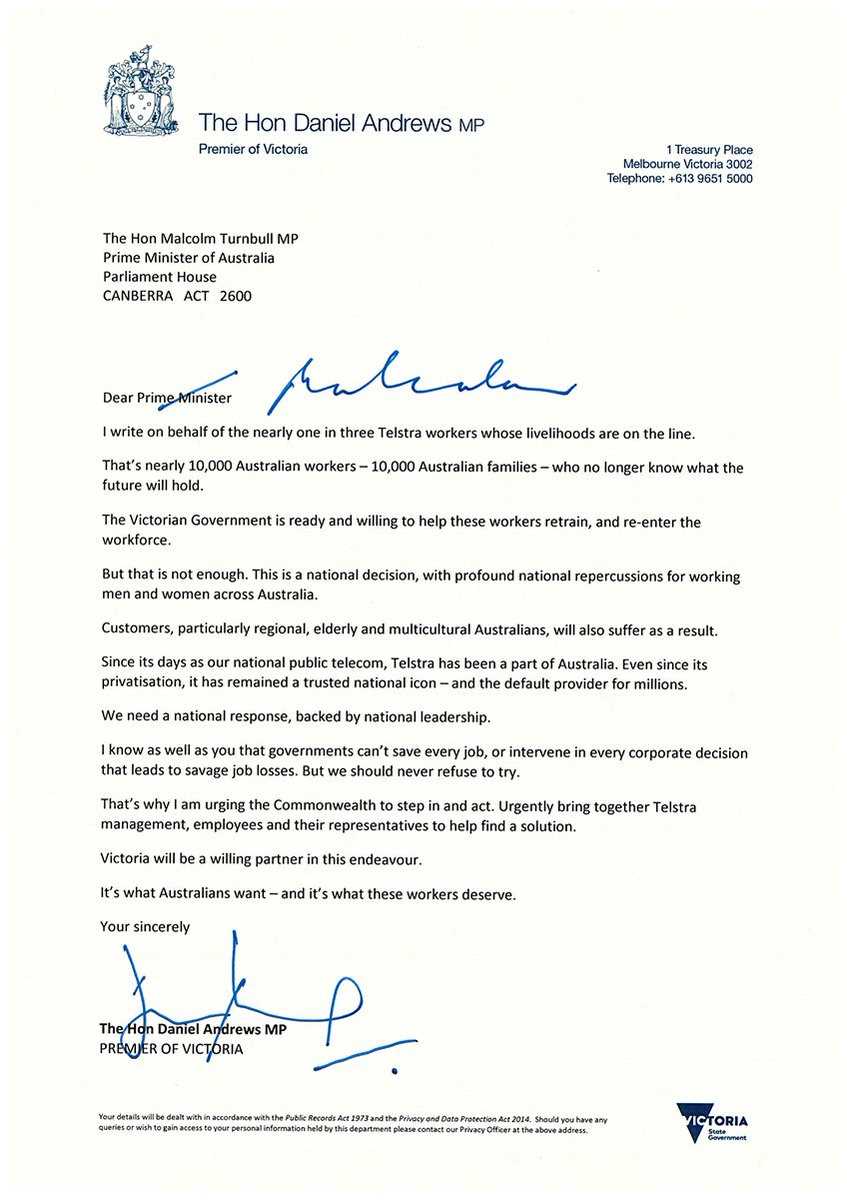
To effectively persuade a government figure, it’s essential to adopt a tone that is both respectful and compelling. A persuasive message convinces the recipient to consider your point of view while maintaining professionalism. The way you communicate can significantly influence the likelihood of a positive outcome.
Key Strategies for Persuasion
- Be Clear and Direct: Clearly state your request or concern, ensuring there is no ambiguity. People are more likely to act when they understand exactly what is being asked.
- Present Logical Arguments: Support your points with solid reasoning or facts. A well-supported argument is more persuasive than an emotional appeal alone.
- Appeal to Shared Values: Highlight common goals or principles to create a sense of alignment. This approach helps build rapport and can strengthen your argument.
Building Respect and Credibility
- Maintain a Professional Tone: Avoid sarcasm or overly casual language, as it can reduce the authority of your message.
- Show Appreciation: Acknowledge the recipient’s time and consideration. Expressing gratitude can foster goodwill and enhance the chances of a favorable response.
- Be Concise: Avoid unnecessary details. A focused message is more likely to be read and taken seriously.
Examples of Successful Letters
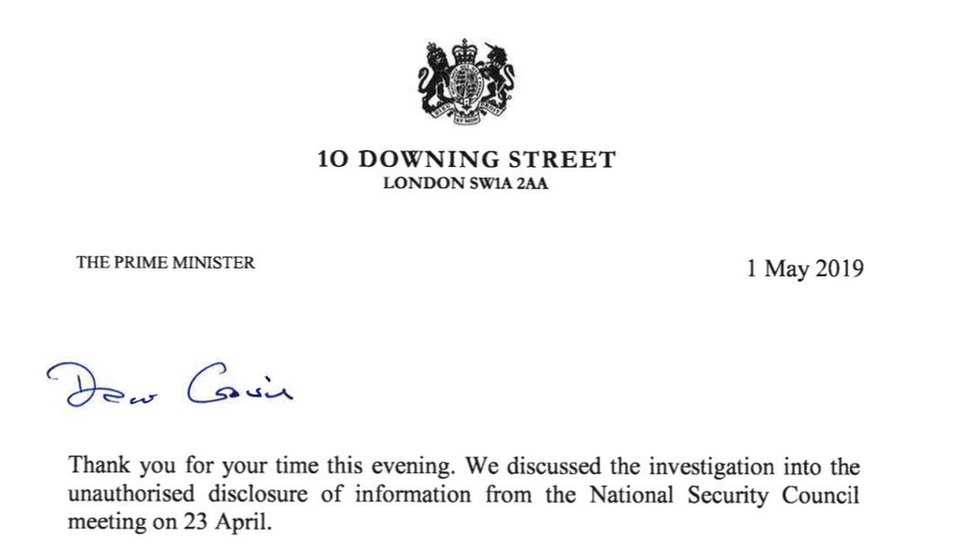
Studying successful examples can provide valuable insights into how to craft your own communication. These examples show how to effectively address a government figure with a clear, respectful, and compelling message. Learning from others can help you understand what works and why, allowing you to apply those strategies to your own correspondence.
Example 1: Concise and Clear Request
This example demonstrates how to communicate a specific request in a succinct manner. The writer clearly identifies the issue, provides relevant background information, and respectfully asks for a specific action. The tone remains professional, and the message is direct without unnecessary details.
Example 2: Strong Evidence and Reasoning
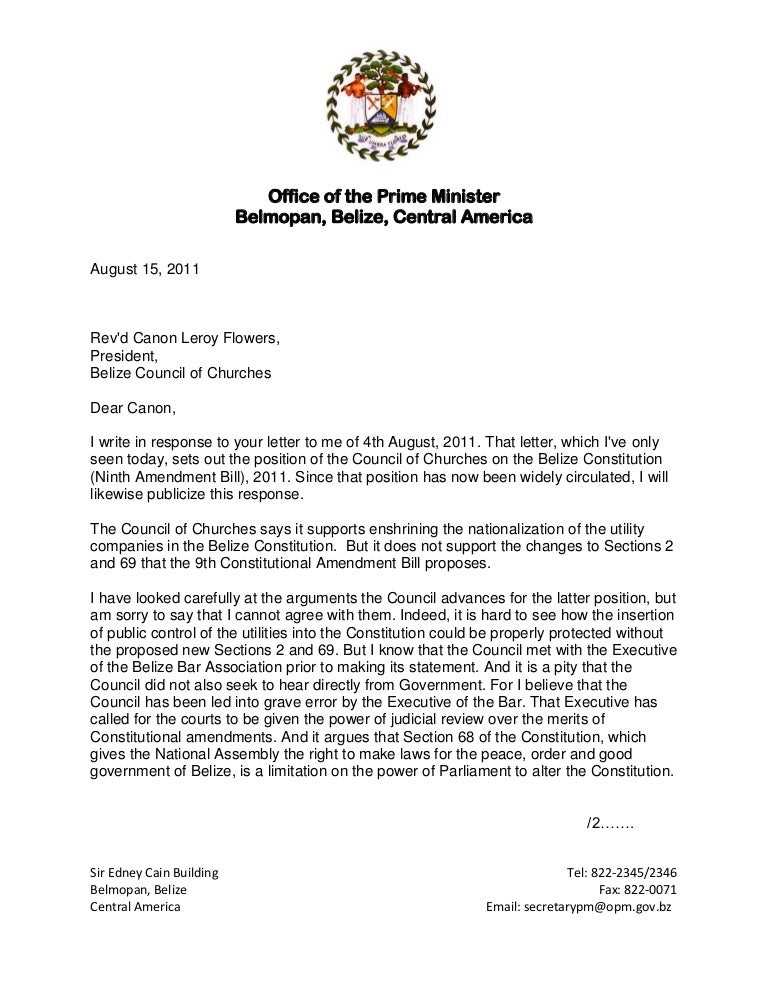
In this case, the writer supports their request with well-researched facts and logical reasoning. They reference relevant data and real-life examples to demonstrate the importance of the issue, making the request not just a personal plea but one grounded in solid evidence. This approach helps make the argument more persuasive and credible.
When and How to Send Your Letter
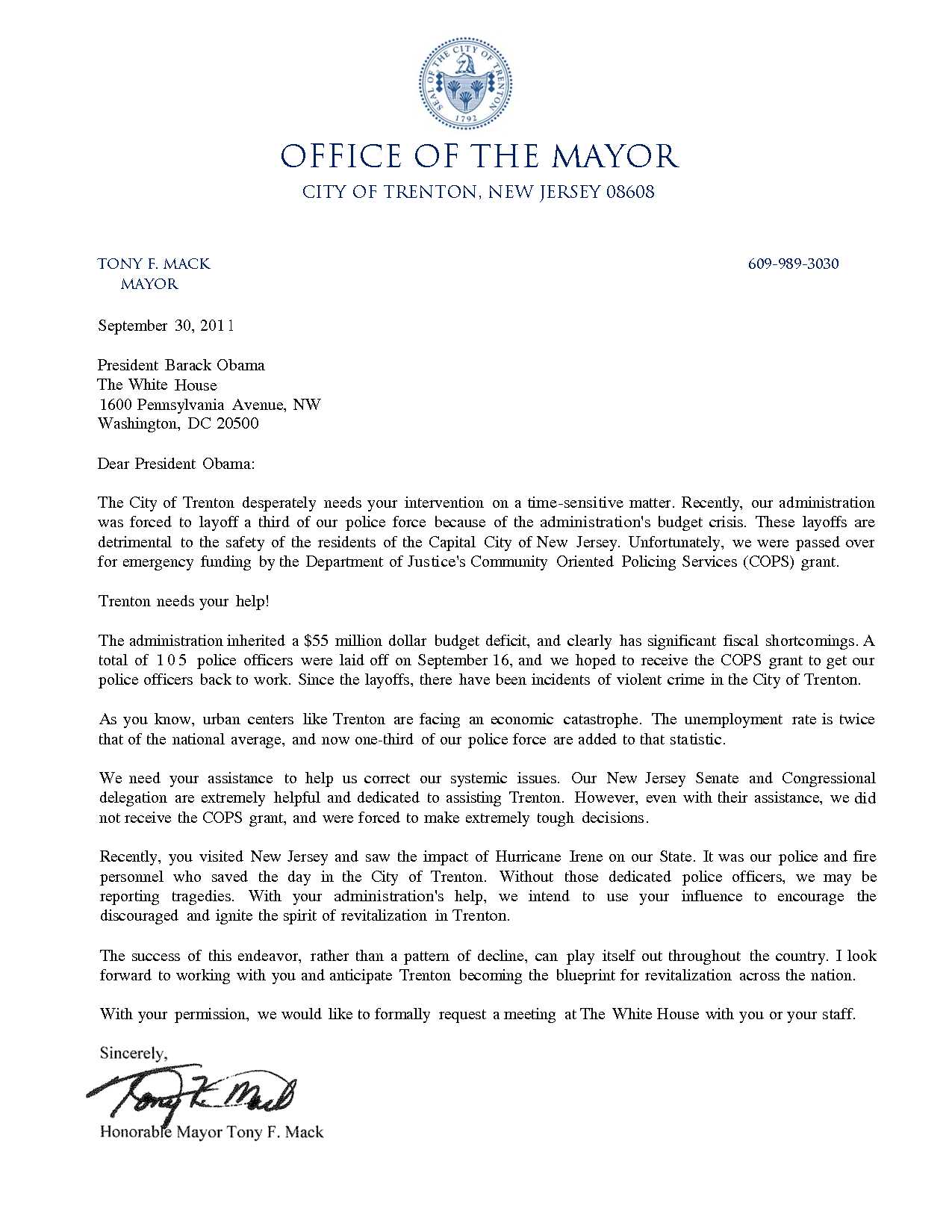
Timing and method are crucial factors in ensuring that your message reaches the intended recipient effectively. Understanding the right time to send your communication and choosing the appropriate delivery method can significantly increase the chances of your concerns being heard and addressed.
Best Time to Send Your Message
It’s important to consider the timing of your communication to maximize its impact. Sending your message during peak times, such as during a relevant political event or campaign, can increase its relevance. Additionally, early mornings or weekdays are generally the best times to send formal communications to ensure prompt attention.
Choosing the Right Delivery Method
When deciding how to send your message, consider whether electronic or physical delivery is more appropriate. Email offers speed and ease, while traditional mail can lend a sense of formality and gravity to your message. Be sure to verify the recipient’s preferred method of communication for maximum effect.